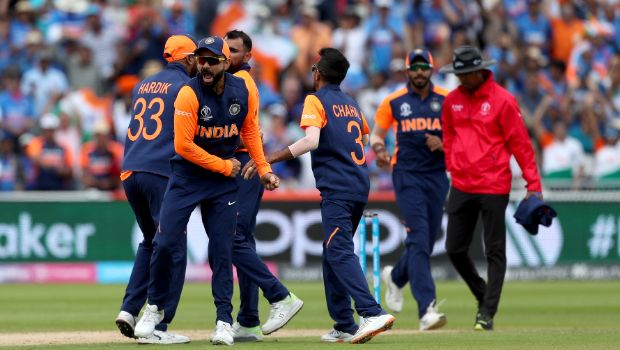The International Cricket Council (ICC) has recently introduced new regulations in Test cricket aimed at speeding up the game and making it more appealing for a modern audience.
The most notable change is the introduction of a stop clock, which is now used to monitor the time taken between overs.
This electronic clock, operated by the third umpire and displayed at the ground, counts up to 60 seconds after an over is completed, within which the fielding team must be ready to bowl the next over.
If the fielding side fails to comply, they receive warnings, and upon repeated offenses, the batting side is awarded penalty runs. This rule is designed to discourage slow over rates and ensure a more continuous and engaging flow of play.
The stop clock has already been trialed successfully in limited-overs cricket, saving about 20 minutes per match, and its implementation in Test matches is expected to bring similar benefits.
Alongside this, the ICC has maintained the ban on using saliva to shine the ball, a measure introduced during the COVID-19 pandemic, but has relaxed the requirement for umpires to immediately change the ball if saliva is detected, leaving that decision to their discretion.
This is because some teams or players use saliva on the ball to force a change, even when nothing is wrong with the ball. The five-run penalty remains in place, however.
Additional updates include allowing fielding teams to choose which batter faces the next ball in the event of a deliberate short run and clarifications around the Decision Review System (DRS) and the use of full-time substitutes in specific situations.
These changes reflect the ICC’s effort to preserve the traditional spirit of Test cricket while making it more relevant and viewer-friendly.
By encouraging faster play and introducing tactical nuances, the new regulations will try to maintain the importance of Test cricket in today’s dynamic world, enhancing the overall experience for players and fans alike.
























